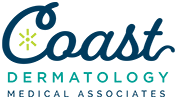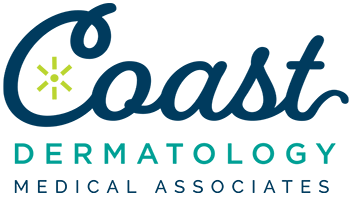About Brown Age Spots (Sunspots)
What is it?
Also known as liver spots or sunspots, brown age spots are not always uniform; they can be tan or black, can differ in size and shape, and usually appear on areas commonly exposed to the sun, such as the face, hands, arms, and shoulders. Although normally a cosmetic issue, brown age spots can develop into a medical issue if the spots rapidly enlarge, bleed, or change into unusual colors. If you notice these, please see your neighborhood board-certified dermatologist immediately.
What causes it?
Brown age spots are primarily caused by years of exposure to the UV rays of the sun (or to those of indoor tanning), which is why you may associate them with aging; however, brown spots can develop in younger people, as well. To be more specific, the spots result when the UV rays cause the buildup or clumping together of melanin in a localized area. Although brown spots can develop on any skin color, if you have light skin, you’re more susceptible. This is also the case if you have a history of sunburns or have spent a lot of time in the sun during your life.
Common treatments?
We understand that aging and years of fun in the sun can bring about changes in your skin, particularly brown age spots (or sunspots), which can have an effect on your self-esteem. As your community skin experts, we’re here to offer encouragement, answer questions, and provide solutions regarding this issue. Our skin experts offer a variety of treatments for liver spots, but they are based on your overall health and aesthetic goals. Options include prescription oral medications, prescription-strength creams, laser treatment, IPL therapy, dermabrasion, cryotherapy, and chemical peels.
Providers
Our approach & expertise
Our skilled dermatologists have the knowledge and experience to provide treatment options tailored to suit your needs and meet your goals. We’ll be with you throughout the process, providing compassionate advice and support. Your healthy skin is our passion. Contact us today if you notice brown age spots so that we can help you look your best.


